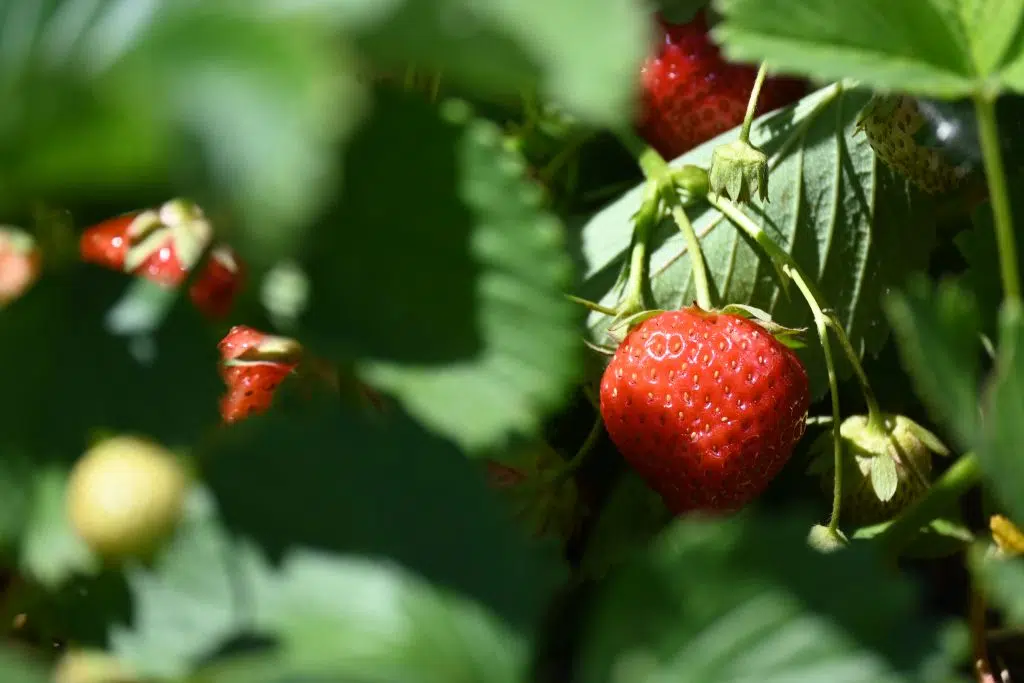Strawberry season only lasts a few weeks, but the work lasts all year long. Growing the fruit isn’t as simple as throwing some seeds in the ground, waiting for rain, and hoping for the best. If it was that easy, more people would do it.
We stopped at Sunny Hill Farm in Green Bay to talk to the owner, Kerry Bruntz who grew up in the industry. He credits his father Roland for passing down his knowledge and making the farm what it is today. Unfortunately, Roland lost his battle with ALS (Lou Gehrig’s Disease) early last year, but he left the farm in good hands. “I did this with my dad for all these years until he passed away…I give the credit to my dad. He’s the one who really got this going and put his all into it,” Bruntz said.

He explained that when it comes to strawberry growers, you don’t see more people joining the industry, but you also don’t see any of the farms that are still around leaving the business. Either way, being a grower is tougher than you’d assume.
Bruntz laid out what a typical year looks like for him with the fruit crop. He said that the year starts around the first of May with planting, but it takes a little over a year for the strawberry plant to be ready for picking. “So you plant them, then you have to cultivate them and hoe them…baby them, fertilize them, water them,” he explained how the work doesn’t stop once the seed is in the ground, especially when it comes to watering the plant this year with their irrigation system.

When fall rolls around, Bruntz puts straw out by the young crop to keep it from freezing until it warms up enough where he doesn’t need to worry about it anymore. He said that the trickiest part is watching for the late frost that sometimes comes in May because it could ruin the plant. This year he mentioned a few close calls, but nothing too serious.

Then he’s back to picking season. He said that as a strawberry farmer, you need to keep an eye on the crop during picking season because the stress of growing fruit along with the heat of the summer can be a lot for the plant to handle. In some cases, the bushels will want to wilt over so he needs to keep them watered with the farm’s irrigation system every few days. At Sunny Hill Farm they have an irrigation system that almost looks like a giant sprinkler that you might put on your lawn in the summer, but this one can move to other parts of the field.

Lastly, after being in the business for around 40 years, he did have some advice for those who may want to start growing strawberries on the level that Sunny Hill’s doing things. “You might want to think twice. That’s how I’m thinking right now.” He explained that when it’s said and done, and you’re looking at the season, it’s not bad. The problem is that it can be an overwhelming industry to be a part of because there’s so much behind-the-scenes work that has to be done.
“There’s more to it, more than meets the eye.” – Kerry Bruntz
To hear the full interview with Kerry Bruntz you can listen to it on our podcast page.





